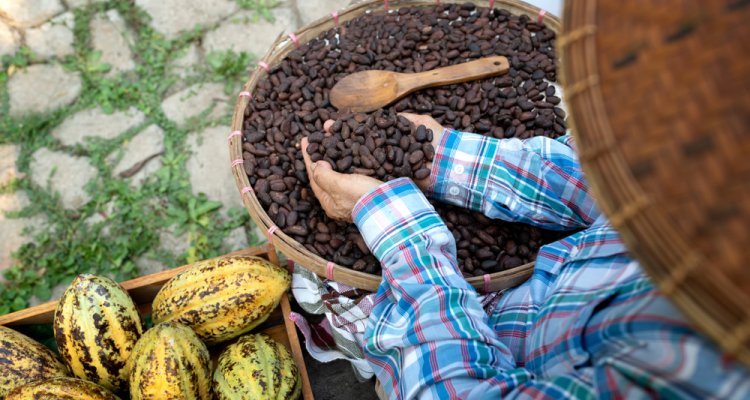New Standardized Methodology Measures Cocoa Household Income
Optimizing investments for robust data on household incomes
There are different income measurement approaches used in the cocoa sector, ranging between using data for a limited number of indicators (e.g. sourcing transactions and farm mapping information) to more intensive approaches in which data is collected from households once every two weeks. This methodology optimizes investments and robustness and includes minimally required data to be collected as well as recommended approaches in case parties would like to learn more.
Reducing and closing living income gaps
A large proportion of the cocoa farming households cannot meet basic needs such as having sufficient quantities of nutritious food to eat, sending their children to school, or going to a doctor when they are ill. The majority are not able to afford a decent house, have money to pay for transport or have a buffer for unexpected events such as the death of a family members or lower yields because of droughts. This also means that they are not able to invest enough money to increase their income. This methodology ensures that better data and insights become available in order to design effective interventions for different types of households. The aim is to substantially reduce and close living income gaps, without excluding the poorest from interventions and markets they supply to.
Baseline studies
With this methodology in hand, WCF, GIZ and SWISSCO will conduct baseline studies on cocoa farming household incomes in Côte d’Ivoire and in Ghana. Similarly, other academic institutions, companies, NGOs and government agencies can use the methodology in their own research and data collection, reinforcing a common standard for the entire industry.

